1. Elephants
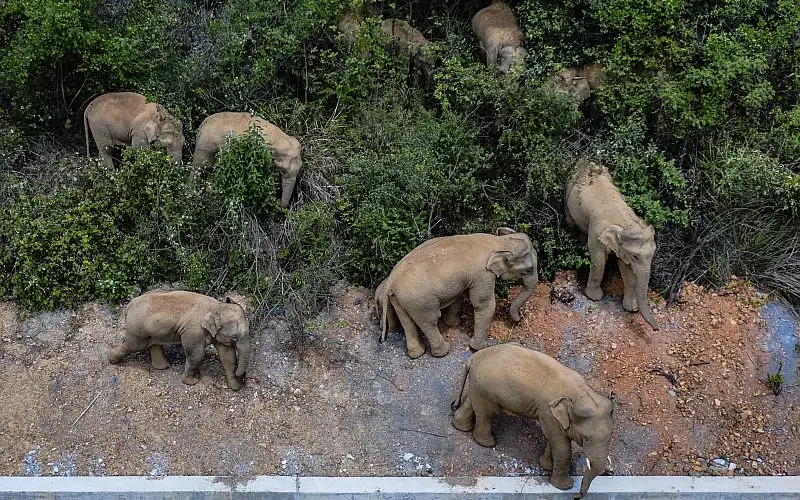
Elephants are among the most remarkable creatures when it comes to predicting natural disasters. These large mammals have an incredible sensitivity to vibrations and changes in the earth’s seismic activity. Some researchers suggest that elephants can hear low-frequency sounds that humans cannot detect, which may explain their ability to sense earthquakes before they occur. According to BBC, there have been reports of elephants moving to higher ground or leaving areas in response to seismic activity, sometimes days before an earthquake hits. This behavior is not limited to earthquakes—they have also been seen fleeing areas before tsunamis and storms.
Elephants’ heightened senses, especially their ability to detect subtle vibrations through their feet and trunks, help them avoid danger. It’s believed that their large ears may act as a sensor, picking up on low-frequency waves that precede seismic events. While this ability is still under study, the consistency of elephant behavior before disasters makes them one of the most fascinating examples of animals with a sixth sense for danger. In addition to their seismic sensitivity, elephants’ social bonds may also play a role—they often communicate in ways that help the herd stay safe during environmental threats. The more we learn about their behavior, the more we realize how in tune they are with the planet’s natural rhythms.
2. Dogs

Dogs are known for their loyalty, but their keen sense of hearing and smell also makes them highly attuned to changes in their environment. According to the American Kennel Club, many dog owners report that their pets often act strangely just before natural disasters, such as earthquakes or storms. Dogs can hear higher frequencies than humans and may detect low-frequency vibrations or sounds that precede an earthquake.
Some studies suggest that dogs can sense shifts in the Earth’s magnetic field, which might influence their behavior before a disaster. Reports of dogs barking excessively, whining, or seeking shelter in unusual places before seismic events have been widespread. In some cases, dogs have been observed fleeing to higher ground before tsunamis, which supports the idea that they can sense impending danger. Their heightened sense of smell is also believed to be a factor, as they might detect changes in the air before a storm or earthquake. Dogs’ natural instincts to protect their pack could also play a role, as they become more anxious and protective in response to perceived threats. While science has not fully explained how dogs predict these events, the consistency of their behavior during times of danger makes them a valuable indicator of impending natural disasters. Their ability to sense changes in the environment before humans do continues to intrigue researchers and animal behaviorists alike.
3. Cats

Cats, like dogs, are often said to have an uncanny ability to sense natural disasters. Their acute senses, especially hearing and balance, allow them to detect environmental changes that humans might not notice. Many cat owners report that their pets display unusual behavior before earthquakes, such as becoming restless, hiding, or even acting aggressively. Cats are known to hear frequencies as high as 64 kHz, much higher than humans can, which could allow them to detect seismic vibrations that precede earthquakes. According to the Seismological Society of America, some studies suggest that cats can sense the low-frequency waves generated by earthquakes, which humans cannot perceive. Their behavior may be influenced by changes in the atmosphere as well, such as drops in barometric pressure, which often occur before storms or natural disasters.
Cats are also highly sensitive to electromagnetic fields, which could explain their ability to predict events like earthquakes or severe weather. In some instances, cats have been seen attempting to flee areas hours before a disaster strikes, often heading in the opposite direction of the impending threat. Their instincts to seek shelter or safety may be linked to a deeper, evolutionary understanding of danger. While scientists continue to investigate the exact mechanisms behind their behavior, the fact that cats are often able to predict earthquakes with such accuracy is truly remarkable.
4. Birds
Birds are known for their ability to migrate long distances, but their acute sense of direction and environmental awareness also makes them sensitive to changes in the atmosphere. Before storms or earthquakes, birds can exhibit unusual behavior, such as erratic flight patterns or increased activity, according to this study published in Scientific Reports. Researchers believe that birds can sense changes in air pressure, temperature, or electromagnetic fields, which might signal an impending disaster. Many bird species have been observed flying away from areas where earthquakes or storms are about to occur, sometimes hours before the event. Some researchers hypothesize that birds can detect subtle shifts in the Earth’s magnetic field or atmospheric pressure, which could influence their behavior.
There are reports of birds flying in different directions or abandoning their nests before natural disasters, indicating that they may have an innate ability to sense environmental shifts. This ability is not limited to earthquakes—birds have also been observed avoiding areas before severe weather, including hurricanes and tornadoes. Migratory birds, in particular, are thought to be highly attuned to atmospheric changes, as they rely on these cues to navigate over long distances. The consistency of these behaviors during times of impending danger has made birds a subject of fascination for those studying animal behavior and disaster prediction.
5. Fish

Fish are highly sensitive to changes in their environment, and there have been numerous reports of them acting strangely before earthquakes or tsunamis, according to the Geophysical Institute of Alaska. Species like goldfish and eels have been observed swimming erratically or abandoning their usual feeding grounds just before seismic activity begins. This behavior is likely linked to their sensitivity to water pressure and vibrations, which can change dramatically before an earthquake. In particular, fish can detect low-frequency vibrations in the water, which are often associated with seismic events. Some researchers believe that fish can sense these vibrations hours before humans can detect them, giving them an early warning system for danger.
Fish are also sensitive to changes in electromagnetic fields, which might explain their behavior before storms or earthquakes. This ability to sense subtle changes in the environment is thought to be an evolutionary advantage, helping fish avoid natural threats like tsunamis. In some cases, large numbers of fish have been observed swimming to deeper waters before a disaster strikes, indicating that they may instinctively know where to go for safety. While the exact mechanisms behind this behavior remain unclear, the consistent patterns of fish behavior before seismic events suggest that they may be able to predict natural disasters with impressive accuracy.
6. Horses

Horses are known for their sensitivity to changes in their environment, and they are often said to sense storms or earthquakes before they occur. These animals have highly developed senses, particularly when it comes to detecting vibrations and electromagnetic fields. Horses are capable of hearing sounds at a much higher frequency than humans, and they are particularly sensitive to low-frequency vibrations that precede earthquakes. Many horse owners report that their animals become agitated, restless, or even panicked before an earthquake or storm, often hours before the event. Horses have been known to exhibit unusual behavior, such as pacing or trying to escape, in response to changes in the atmosphere.
In some cases, horses have been observed moving to higher ground or seeking shelter just before a disaster strikes, which suggests they may be reacting to environmental cues. The sensitivity of horses to electromagnetic fields may also play a role in their ability to predict disasters. Researchers have noted that horses tend to react strongly to barometric pressure changes, which often occur before a storm. While scientists continue to investigate the causes of these behaviors, horses’ acute awareness of their surroundings and their ability to respond to subtle environmental cues make them a valuable indicator of impending natural disasters.
7. Bees
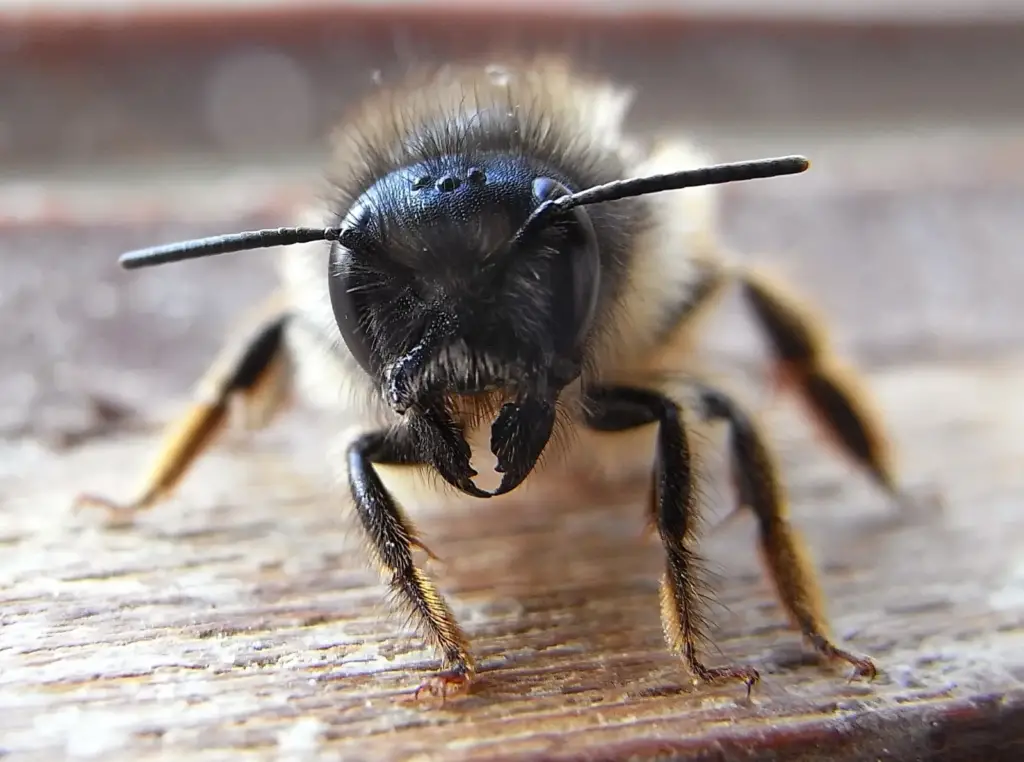
Bees are known for their intricate communication systems and their ability to sense environmental changes. There have been reports of bees abandoning their hives just before earthquakes, sometimes as much as a few hours before the tremors begin. This behavior is thought to be linked to their sensitivity to vibrations and electromagnetic fields, which may change before a disaster. Bees can detect low-frequency vibrations in the air and in the ground, and it is believed that they may sense seismic activity before humans do. The phenomenon of bees leaving their hives has been documented in several instances where significant earthquakes occurred shortly afterward. It is speculated that bees are able to detect shifts in the Earth’s magnetic field or changes in atmospheric pressure, both of which can precede seismic events.
Their ability to predict earthquakes may be a result of their heightened sensitivity to their surroundings, as well as their reliance on environmental cues to navigate and communicate. In some cases, beekeepers have noticed that their bees are unusually agitated or uncooperative just before an earthquake. Although more research is needed to fully understand the mechanisms behind this behavior, the consistent reports of bees leaving their hives before seismic events suggest they may have an innate ability to sense danger.
8. Rats
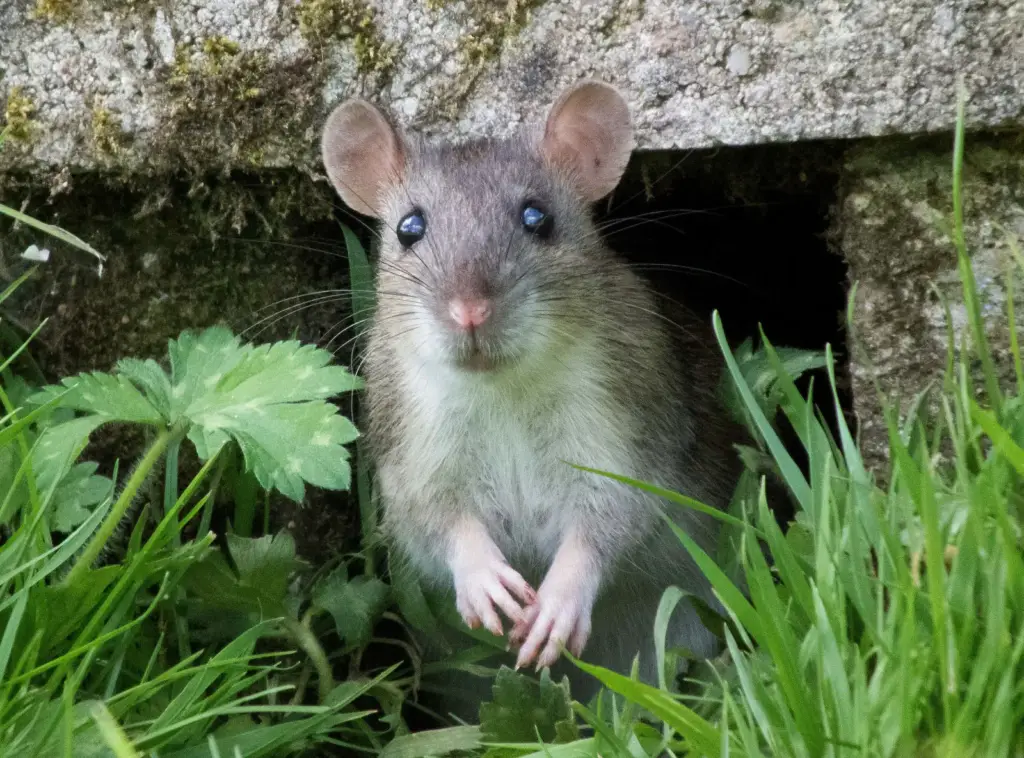
Rats are often considered pests, but their highly developed senses make them exceptional at detecting changes in their environment. There are numerous reports of rats fleeing areas hours before earthquakes, indicating that they may have an ability to sense seismic activity before humans do. Rats are sensitive to vibrations and changes in air pressure, both of which can precede an earthquake. Their heightened sensitivity to environmental cues allows them to detect changes that are imperceptible to humans. In fact, there have been cases where rats have abandoned underground burrows or moved to higher ground just before a seismic event.
This behavior is thought to be linked to their ability to detect vibrations, shifts in the Earth’s magnetic field, or even changes in the atmosphere. Rats are also believed to have a keen sense of smell, which may allow them to detect chemical changes in the air before a disaster occurs. Their ability to predict earthquakes is not limited to one region—there have been reports from various parts of the world where rats have been observed fleeing before seismic activity. While scientists continue to investigate this behavior, the consistent patterns of rat movements before natural disasters suggest that they may be reacting to environmental signals that humans cannot detect.
9. Snakes
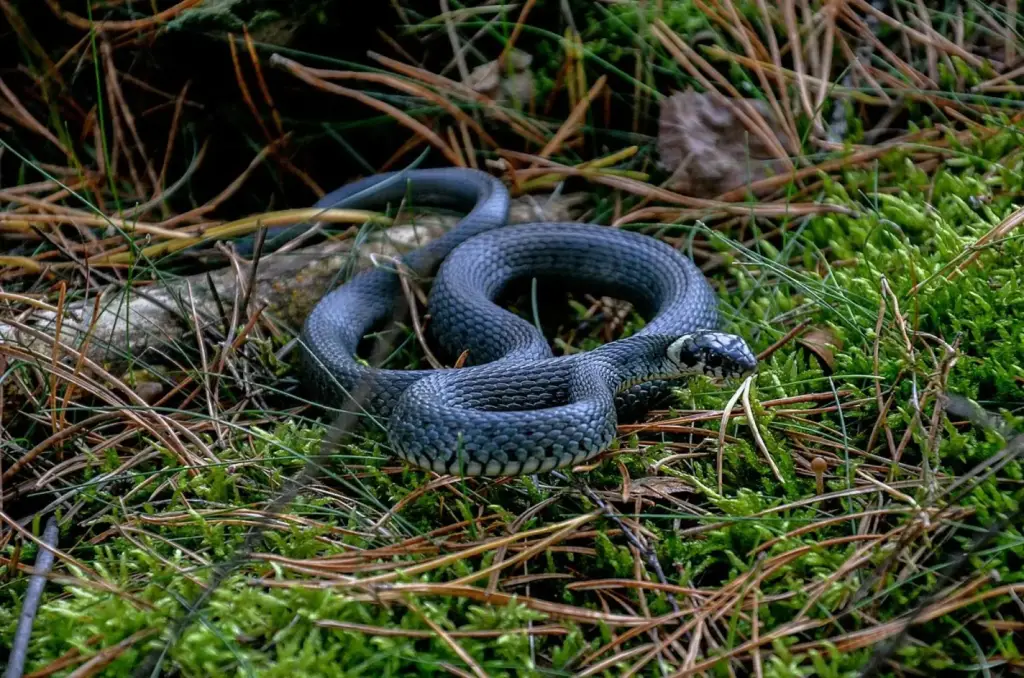
Snakes are among the most elusive creatures, and their behavior is often difficult to interpret. However, there have been several reports of snakes emerging from their burrows or slithering away from certain areas just before earthquakes occur. This behavior is thought to be linked to their sensitivity to vibrations and shifts in the earth. Snakes have specialized organs, such as the Jacobsen’s organ, that allow them to detect chemical changes in the air and the ground, which might help them sense impending seismic activity. Before earthquakes, snakes have been seen moving to higher ground or abandoning areas that are about to be affected by tremors.
Some researchers believe that snakes can sense low-frequency vibrations that precede an earthquake, although this has yet to be proven conclusively. Snakes are also highly sensitive to changes in temperature, which may occur before a storm or natural disaster. In regions prone to earthquakes, there have been reports of snakes behaving unusually, such as emerging from their dens in large numbers or becoming more active. While the exact mechanisms behind their behavior are still being studied, it’s clear that snakes have a heightened sensitivity to environmental changes, which may help them predict natural disasters.
10. Tigers
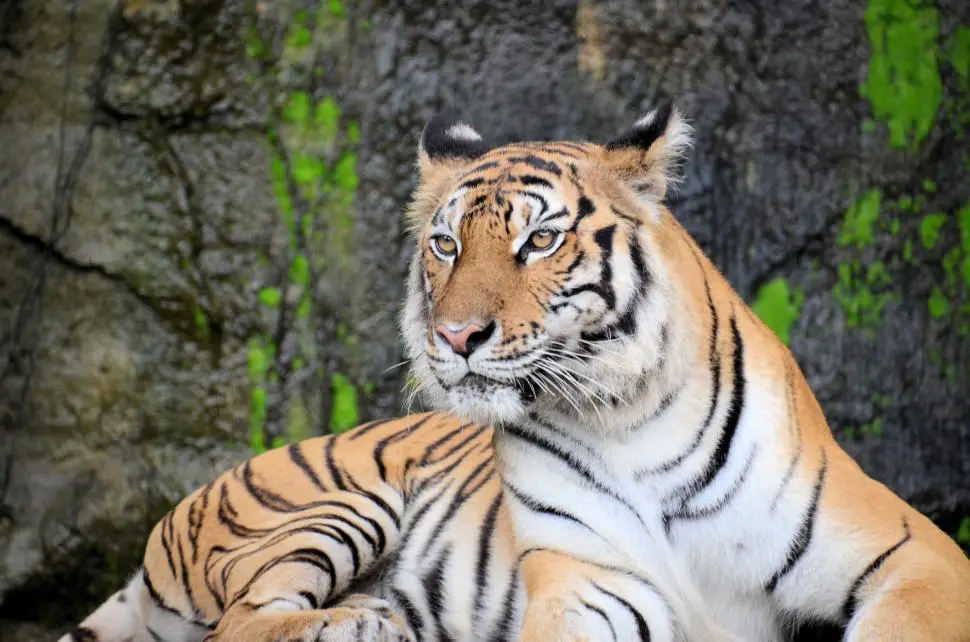
Tigers are not only powerful hunters but also highly attuned to their environment. There have been reports of tigers behaving unusually before tsunamis and severe storms, often seeking higher ground or acting agitated. Tigers’ acute senses of hearing, sight, and smell make them highly aware of subtle changes in the atmosphere, such as shifts in air pressure or electromagnetic fields. Tigers have been observed moving to safety before a storm or tsunami, sometimes hours before the event strikes. This behavior is likely linked to their ability to detect low-frequency vibrations or changes in barometric pressure that humans cannot perceive.
In some cases, tigers have been seen moving in the opposite direction of an approaching natural disaster, indicating that they can sense the threat. While the exact reasons behind this behavior are still being studied, the fact that tigers consistently react to impending disasters suggests that they have an acute awareness of their surroundings. Their ability to predict natural events before they happen adds to their mystique and reinforces the idea that animals possess remarkable survival instincts that can help them avoid danger.


